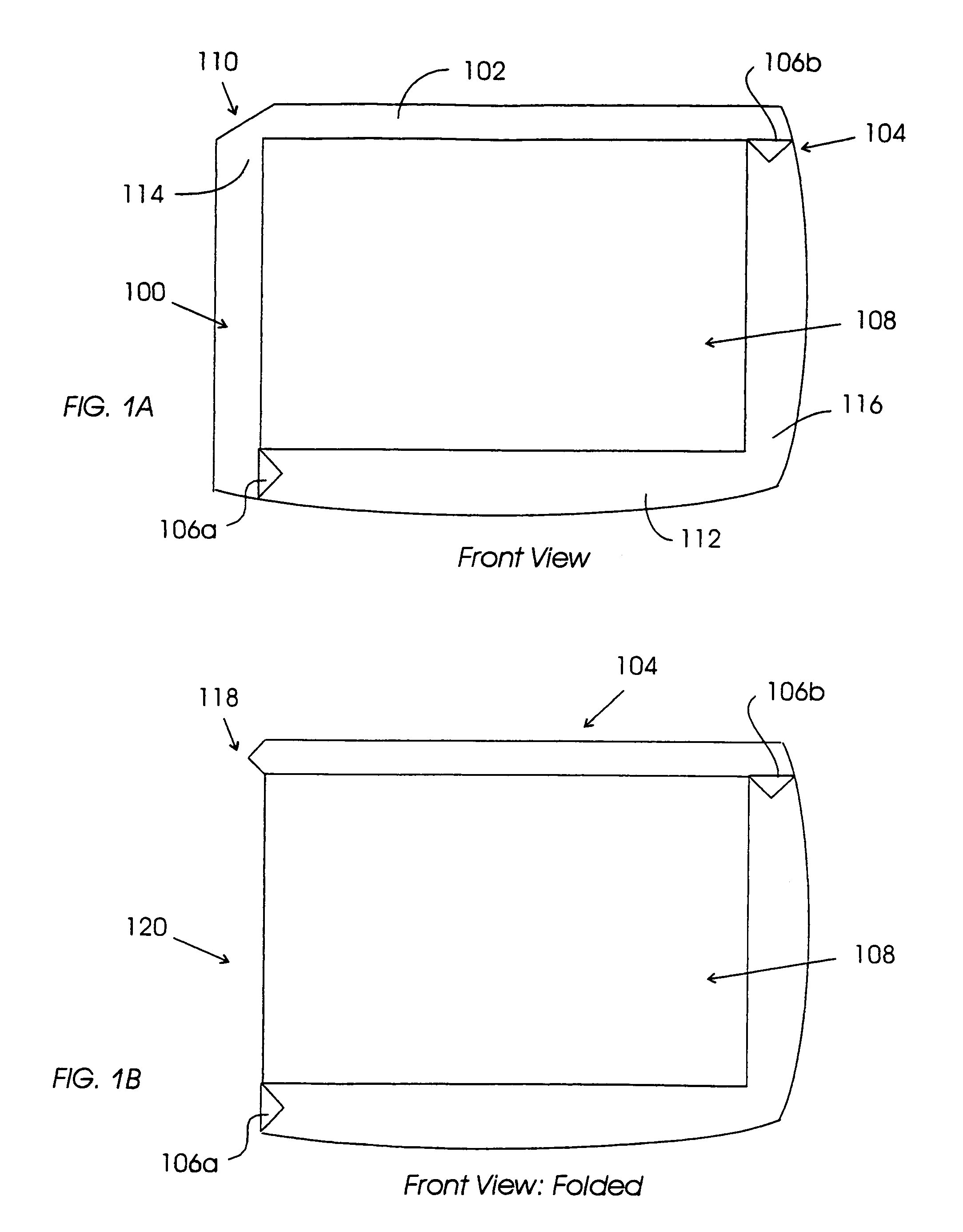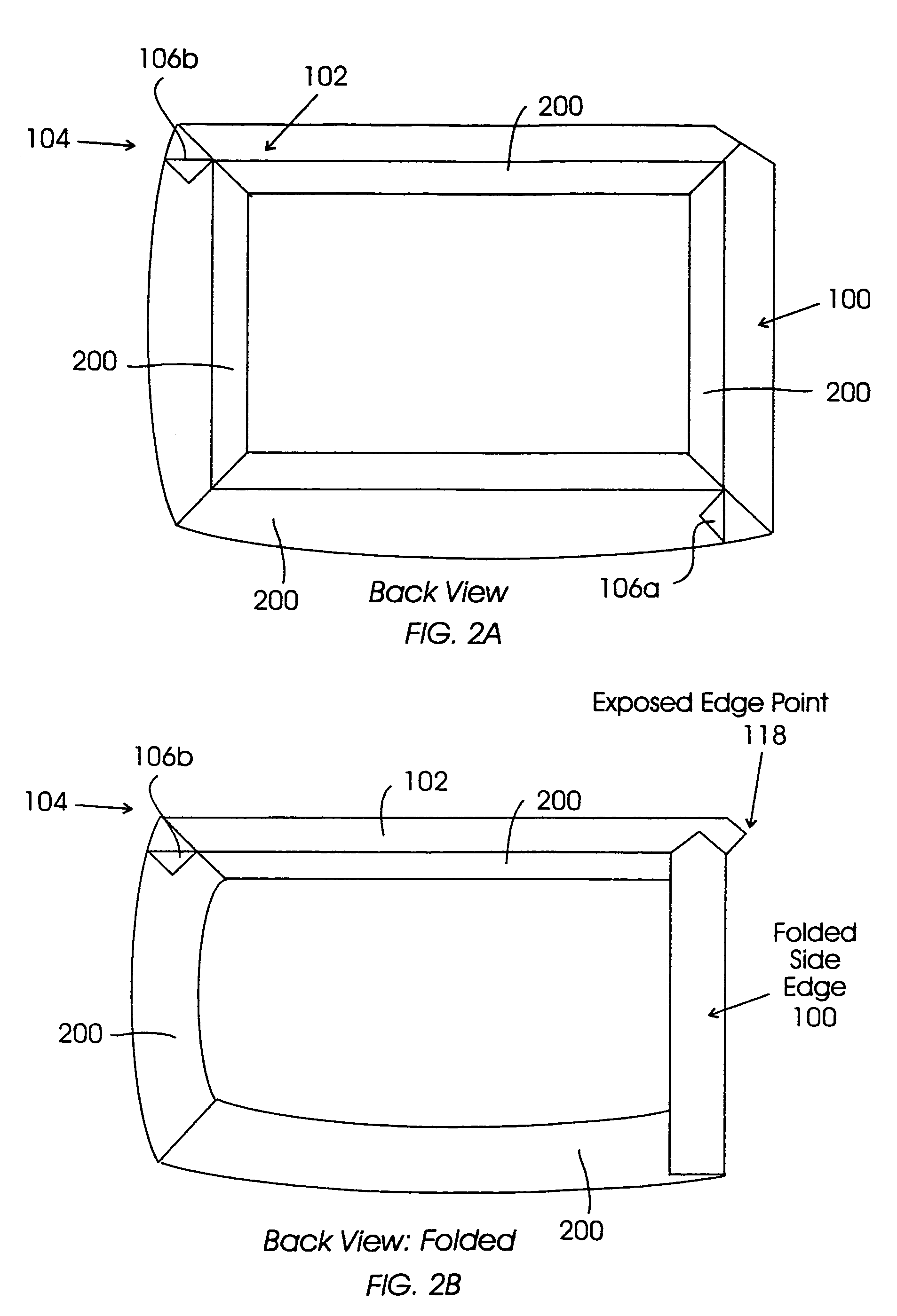Collaborative tablet computer
a tablet computer and collaborative technology, applied in the field of collaborative tablet computers, can solve the problems of redundancy of additional display, essentially the entire hardware of the additional device, and failure to combine the resources of each device, and achieve the effect of maximum potential protection
- Summary
- Abstract
- Description
- Claims
- Application Information
AI Technical Summary
Benefits of technology
Problems solved by technology
Method used
Image
Examples
Embodiment Construction
[0023]While this invention is illustrated and described in a preferred embodiment, the device may be produced in many different configurations, forms and materials. There is depicted in the drawings, and will herein be described in detail, a preferred embodiment of the invention, with the understanding that the present disclosure is to be considered as a exemplification of the principles of the invention and the associated functional specifications of the materials for its construction and is not intended to limit the invention to the embodiment illustrated. Those skilled in the art will envision many other possible variations within the scope of the present invention.
[0024]As part of the present invention a housing / mechanism for a tablet form-factor computing device allows the edge of the device's display to be exposed. Once exposed, the display may be abutted to another like display on a like device to create a larger display meta-device.
[0025]One realization of the present invent...
PUM
 Login to View More
Login to View More Abstract
Description
Claims
Application Information
 Login to View More
Login to View More - R&D
- Intellectual Property
- Life Sciences
- Materials
- Tech Scout
- Unparalleled Data Quality
- Higher Quality Content
- 60% Fewer Hallucinations
Browse by: Latest US Patents, China's latest patents, Technical Efficacy Thesaurus, Application Domain, Technology Topic, Popular Technical Reports.
© 2025 PatSnap. All rights reserved.Legal|Privacy policy|Modern Slavery Act Transparency Statement|Sitemap|About US| Contact US: help@patsnap.com



